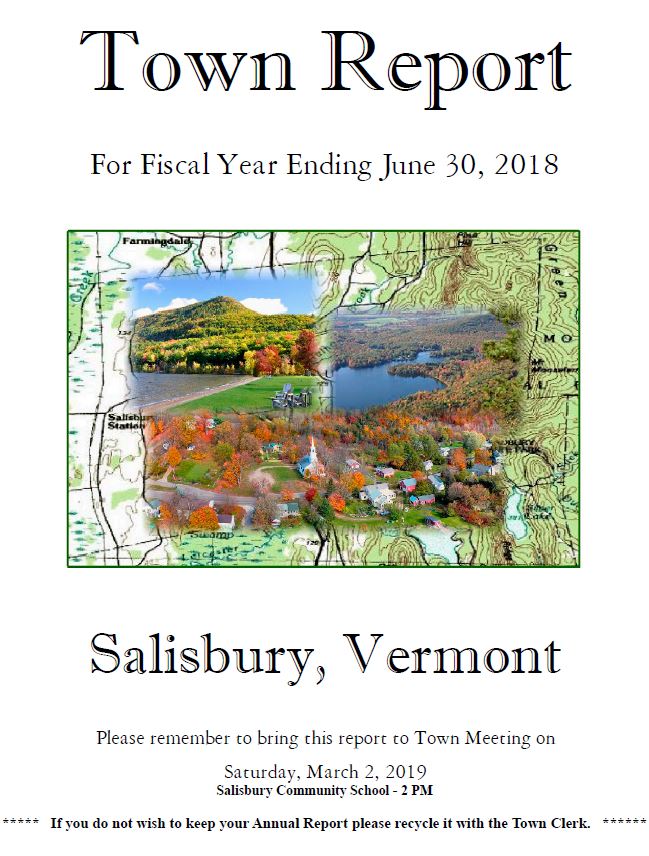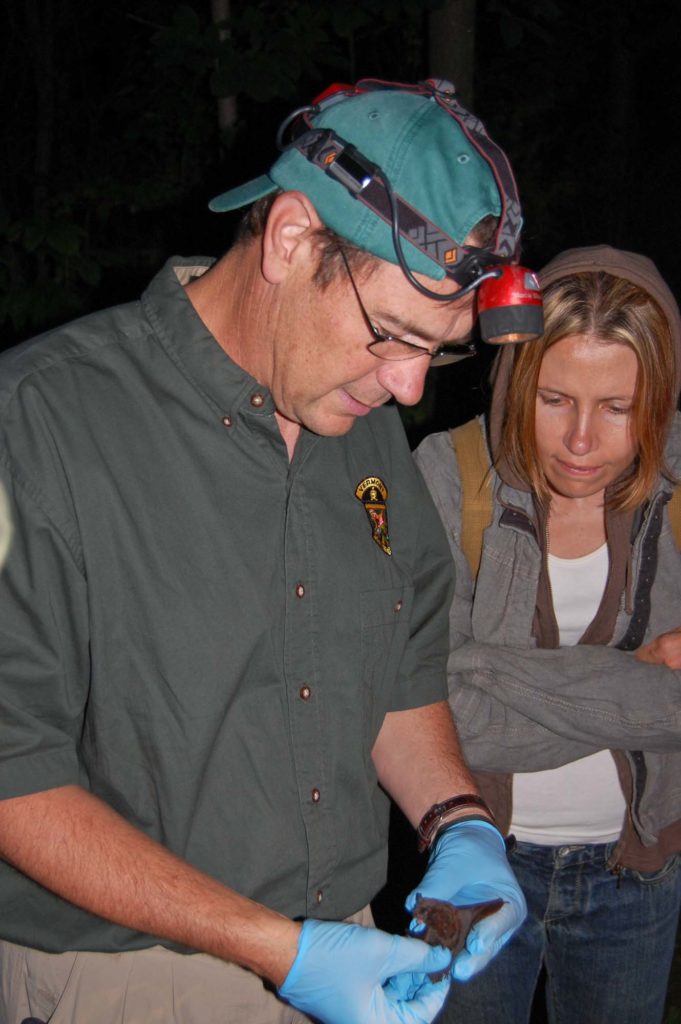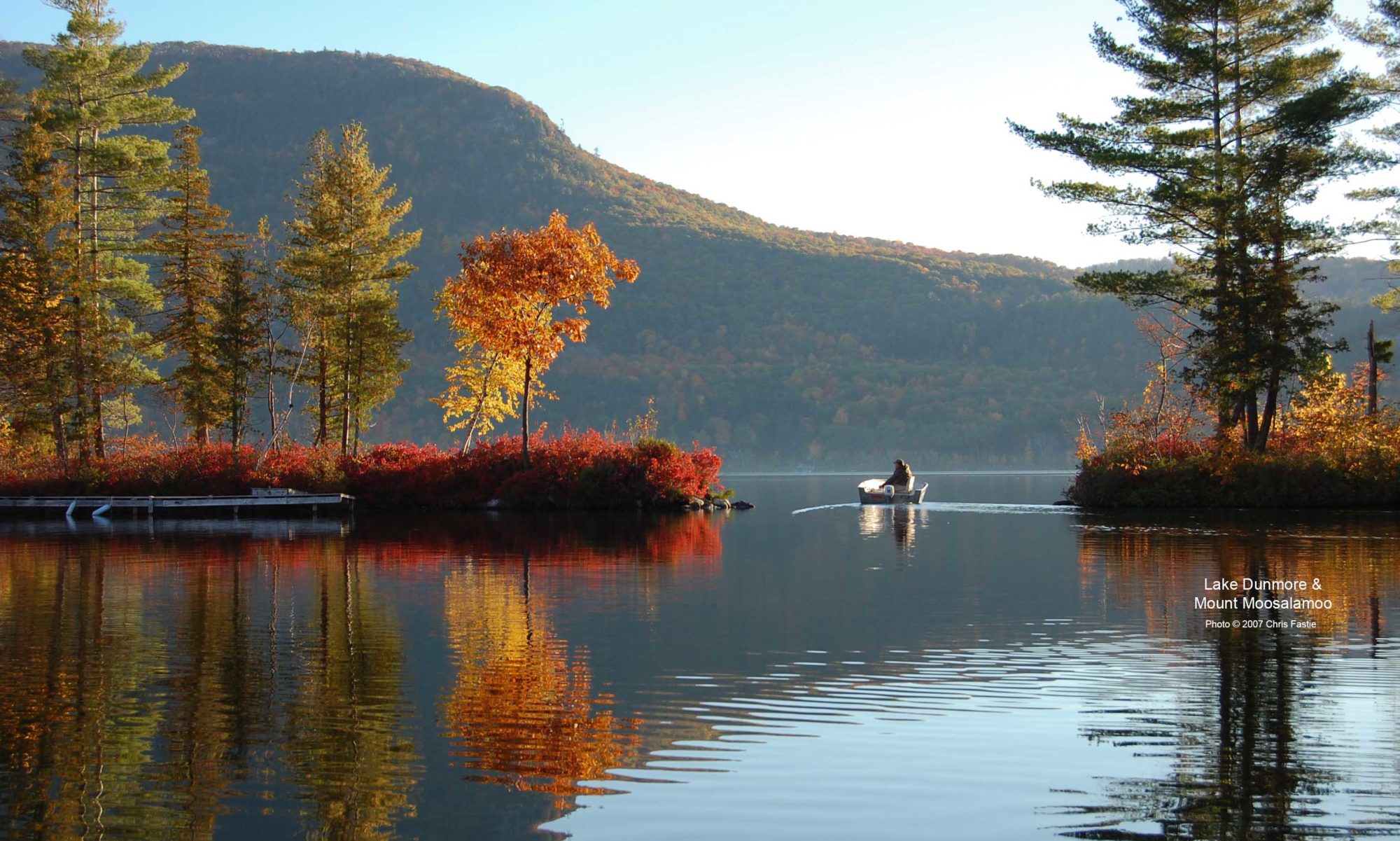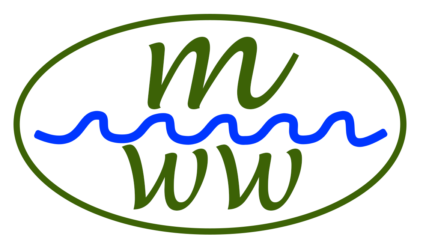There has been a good recent discussion on Front Porch Forum about mosquito control in the Brandon Leicester Salisbury Goshen area. The discussion reveals a common sentiment in the community that mosquitoes in the BLSG District were much worse before BLSG mosquito control began. This idea is then associated with another idea, that BLSG’s activities are responsible for the improvement. Here are a few things to keep in mind when evaluating these claims.
Which towns does BLSG treat properly?
In BLSG’s new annual report, they indicate that there are 7,000 acres of mosquito breeding ground in the BLSG District which can be treated by helicopter. Most of this is in the floodplain of Otter Creek or Leicester River or in nearby lowland areas. The goal is to use a helicopter to spread granules of bacterial larvicide over this area.
BLSG reports that in 2018 only 3,000 acres received aerial treatment of larvicide. BLSG explains that the reason more than half of the mosquito breeding ground got no aerial treatment in 2018 is that the state did not allocate enough money. This seems like a very serious failure of the system.
Trending pests
When you search for a topic with Google, you get a list of websites related to your topic. When you search for a topic at Google Trends, you get a page of metadata about who else has searched for that topic. Organic Lesson just posted a story about their searches at Google Trends for the searches people do for ways to deal with pests.
According to this story, in the US in 2018, the pests that most bothered people into searching for remedies were flies, ants, and bedbugs. Mosquitoes were number four:
BLSG annual report says it all

Vermont’s town clerks will soon be mailing us our town reports, and Salisbury has already posted a pdf of the new 2018 Salisbury Town Report at its website. It includes an annual report from the Brandon Leicester Salisbury Goshen Pittsford Insect Control District (BLSG) which will appear in town reports throughout the District. The BLSG report includes some good information and some that is misleading.
Does BLSG threaten endangered species?
Nine species of bat live in Vermont, and five of them are so uncommon that Vermont has listed them as threatened or endangered species. The Vermont populations of these bats have decreased because of white-nose syndrome, a disease that started killing bats around 2006. All the listed bat species spend the winter clustered in caves or mines where white-nose syndrome can infect new bats.

Two of the state-listed bat species are also rare nationwide and are listed as federally threatened or endangered species. The northern long-eared bat was first listed as federally threatened in 2015 because its populations had declined due to white-nose syndrome. The Indiana bat was listed as a federally endangered species in 1967 long before white-nose syndrome was identified.
Salisbury balks at BLSG funding increase
In early January, members of the board of directors of the Brandon-Leicester-Salisbury-Goshen Insect Control District (BLSG) visited the select boards of each town in the District. They announced that they were asking for a large increase in the funds to operate in 2019-2020 compared to the previous year. The average increase requested was $7,443 per town for a total of $37,215 or 31% more than last year. They explained that the increase was primarily to pay their attorneys who are representing BLSG in a lawsuit.
BLSG lawsuit heads to trial
On February 4, the lawsuit involving the BLSG Insect Control District (BLSG) entered a new phase. Almost seven months after the case began, Judge Thomas Walsh of the Vermont Environmental Court was notified that the parties had been unable to reach a settlement agreement. The judge set a deadline of April 1 for the submission of preliminary motions as the case moves to trial.

